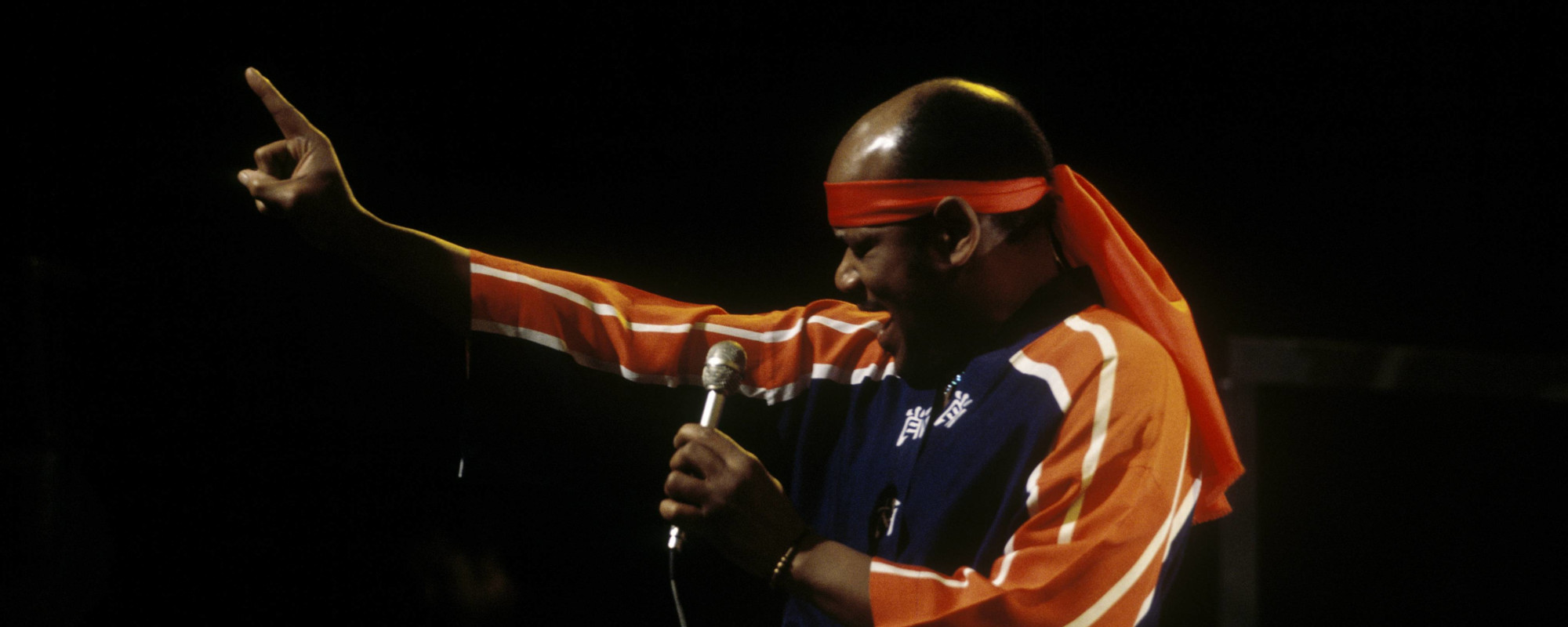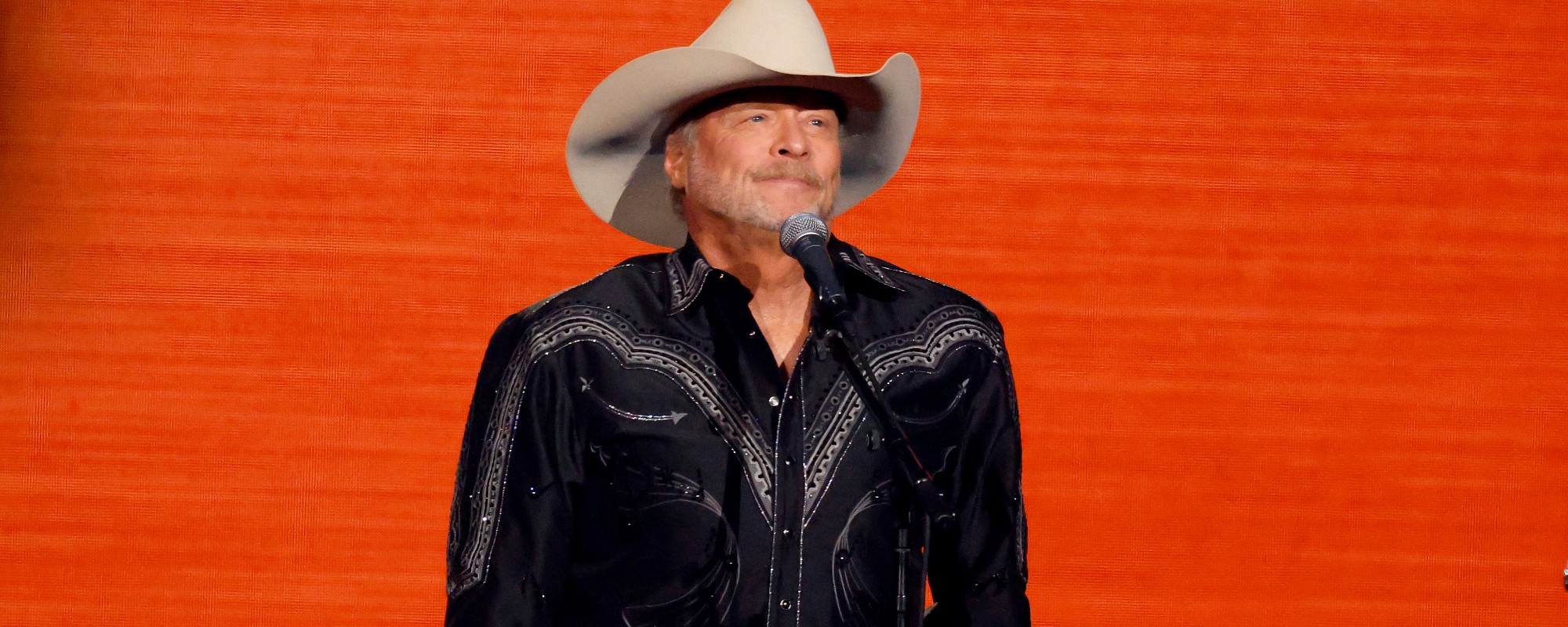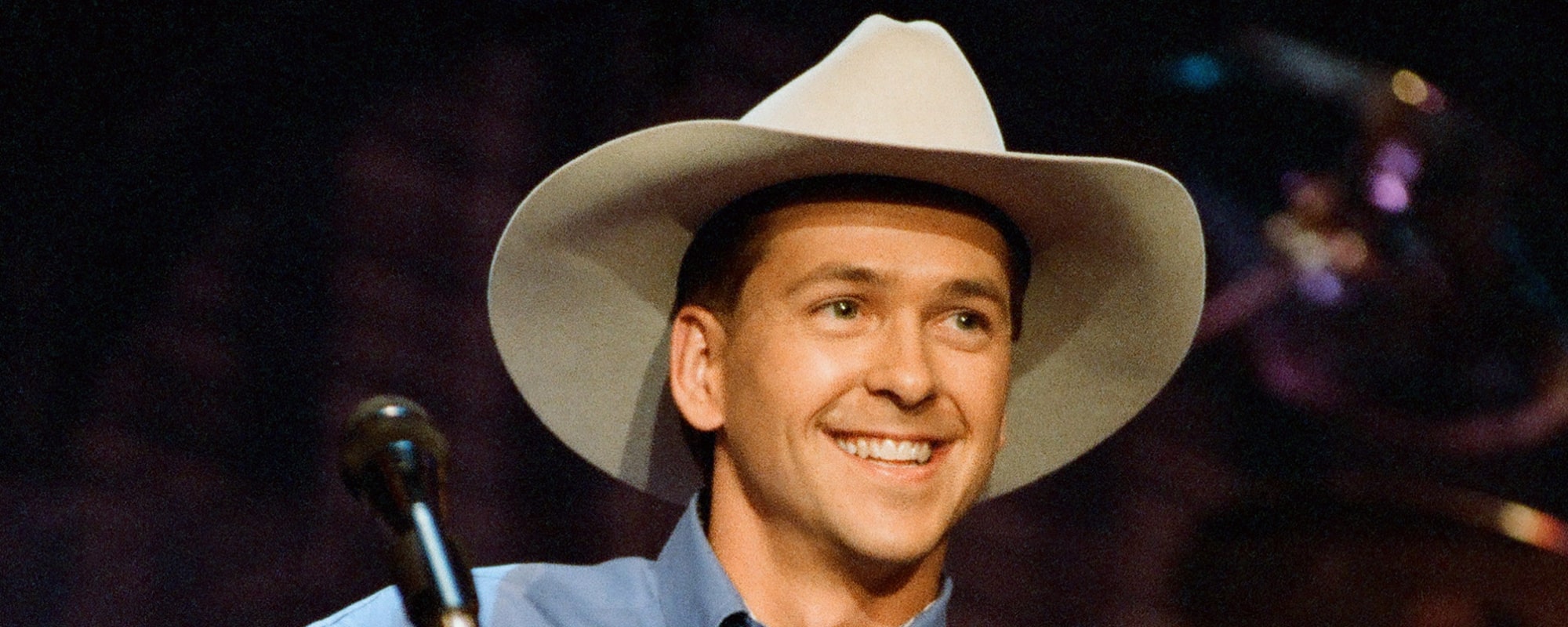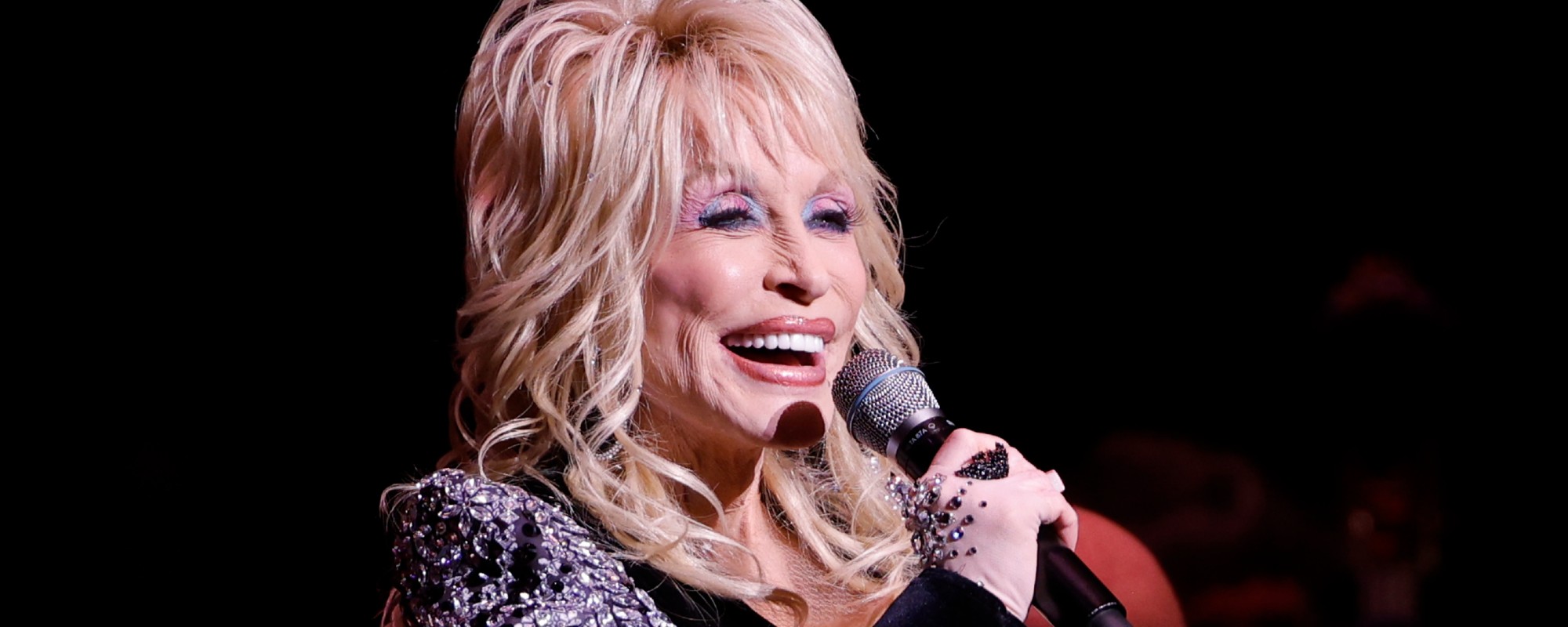Porter “Mr. Grand Ole Opry” Wagoner certainly couldn’t be considered a one-hit wonder by any stretch of the imagination, but he certainly helped inspire some. For one 1960s artist, that inspiration came from watching Wagoner perform a particularly moving gospel song on his eponymous television show. The inspiration was so swift that the artist managed to scratch out the lyrics to his own gospel song in a matter of minutes.
Videos by American Songwriter
We’d guess that the final result had too much fuzz for a man of Wagoner’s traditional country sensibilities.
Porter Wagoner Helped Inspire This Iconic 1960s One-Hit Wonder
Of all the one-hit wonders to come out of the 1960s, one of the most enduring is far and away Norman Greenbaum’s 1969 track, “Spirit in the Sky.” With its distinctly fuzzy guitar tone, blistering solos, and soulful backup harmonies, the song remains a staple on radio stations and in television and film to this day. When Greenbaum first released it as the title track to his December 1969 album, it skyrocketed to No. 3 on the Billboard Hot 100. Billboard also named the song the No. 22 track of 1970. Yet, as enduring as this song may be, Greenbaum scratched out the lyrics in a matter of minutes.
Greenbaum got the inspiration for “Spirit in the Sky” after watching country legend and television show host Porter Wagoner singing a gospel song about redemption on his titular program. “I thought, ‘Yeah, I could do that,’” Greenbaum recalled in a 2006 New York Times interview. “Knowing nothing about gospel music. So, I sat down and wrote my own gospel song. It came easy. I wrote the words in 15 minutes.” When I die and they lay me to rest, Greenbaum begins. Gonna go to the place that’s the best.
The blend of gritty electric guitar and gospel melodies made the song an instant success, giving it a versatility that made it as appropriate in a church as a dive bar. “I get emails from nine and ten-year-old kids who say it’s their favorite song. I’ve gotten letters from funeral directors telling me that it’s their second-most-requested song to play at memorial services, next to “Danny Boy,”” he continued.
Norman Greenbaum’s Second Wave Of Spiritual Inspiration
In addition to Porter Wagoner’s rousing gospel performance on the Porter Wagoner Show, Norman Greenbaum credited a piece of greeting card artwork as being another significant source of inspiration for “Spirit in the Sky.” Speaking to American Songwriter in 2018, Greenbaum said, “I had come across a Hopi Indian greeting card that had a totem and a spirit in the sky on it, and that stuck in the back of my head, and it all just came together, the Indian part and the Porter Wagoner part.”
The “Porter Wagoner part” included phrases that incorporated Christian terminology, like I’ve never been a sinner, never sinned. Greenbaum, who grew up in a traditional Jewish household, was merely trying to imitate the language of gospel music. That rubbed some Christians the wrong way. Greenbaum told the New York Times critics often pointed to that line in the song, saying, “We’re all sinners. We were born sinners.” He continued, “Okay. So, what do I know? Sanford and Sons was written by Jews, and what did they know about being Black?”
He admitted to American Songwriter, “I did flub it, I guess. If I was a Christian and was writing from that mindset, I would have said, ‘I’ve been a sinner.’ But since I didn’t have that upbringing, it never occurred to me that it was wrong.” Nevertheless, two million sales and a double-platinum certification later, we’d say the general masses didn’t mind the lyrical discrepancy too much.
Photo by Christopher Berkey/EPA/Shutterstock











Leave a Reply
Only members can comment. Become a member. Already a member? Log in.